Category: Palaeobotany
-
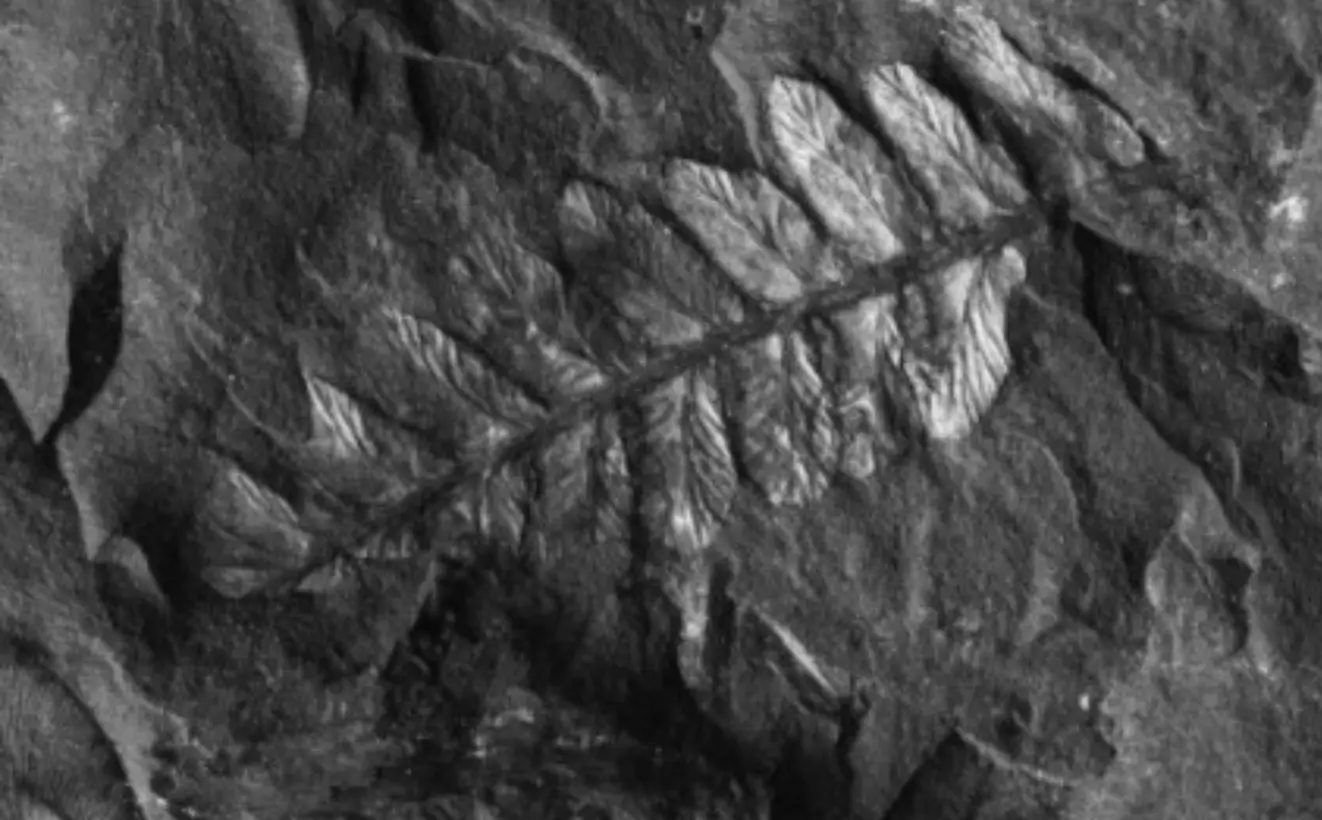
WHAT IS PALAEOBOTANY
Palaeobotany is the study of plant life of geological past (Le. the study of plant fossils). The earth has undergone large climatic changes over billion years of its geologic past. During this period of drastic weather changes, most of the plants died and their remains were decomposed. However, a few plants which escaped decay and decomposition,…
-
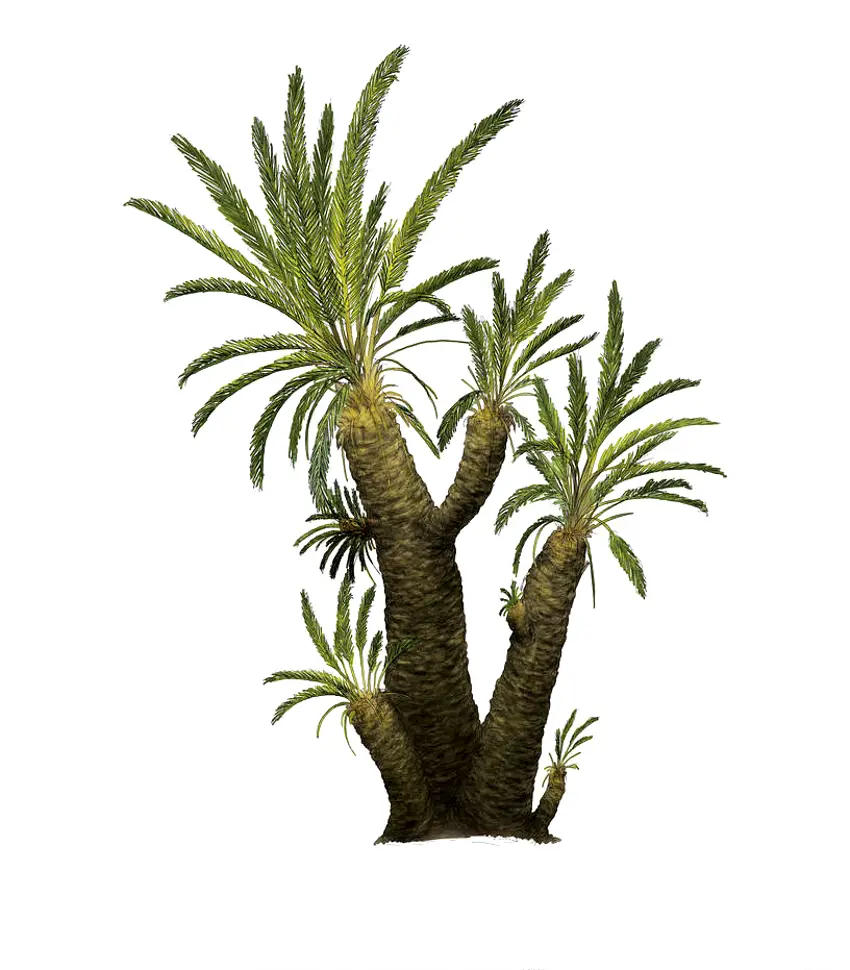
WILLIAMSONIA
CLASSIFICATION OF WILLIAMSONIA Kingdom :- Plantae Division :- Gymnospermae Class :- Cycadopsida Order :- Bennettitales Family :- Williamsoniaceae Genus :- Williamsonia TO STUDY THE EXTERNAL FEATURES OF THE PLANT Many species have so far been reported from upper Triassic and Jurassic beds of India, Europe and north America. It was earlier placed under Zamia gigas by Williamson (1868). Later it was named in honour of…
-
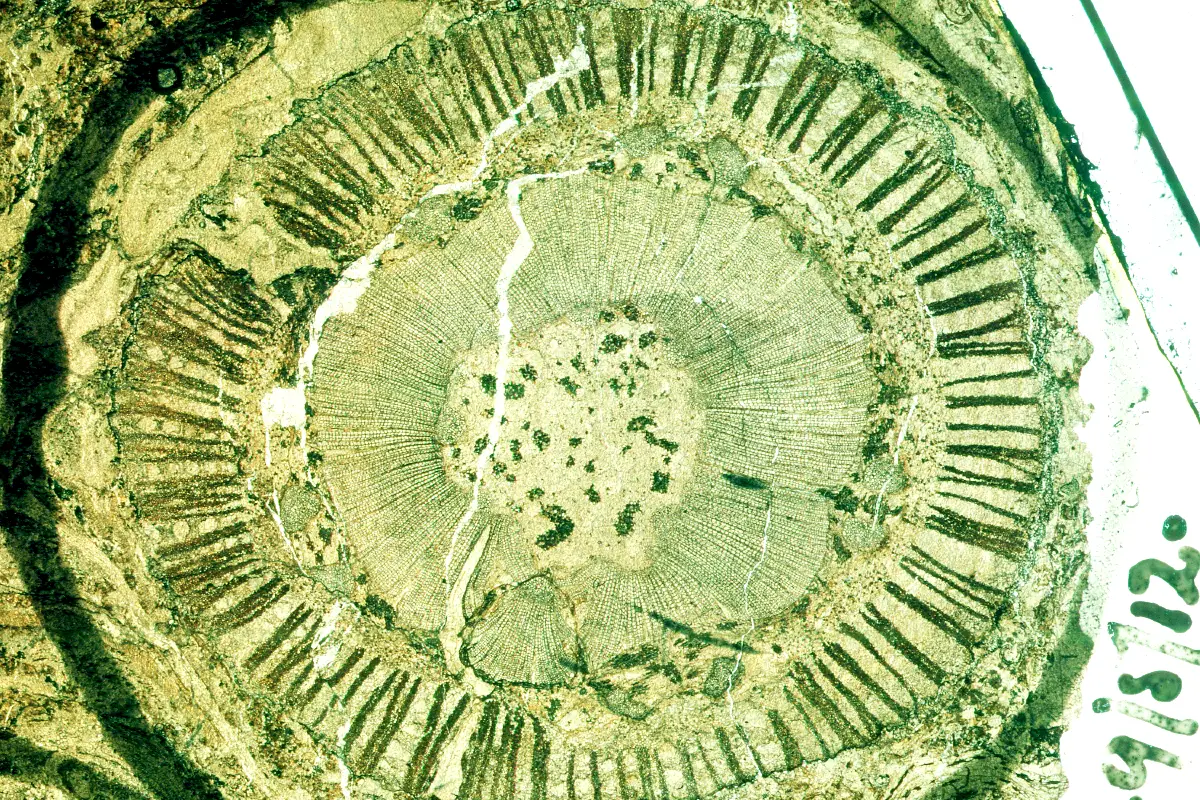
LYGINOPTERIS
CLASSIFICATION OF LYGINOPTERIS Kingdom :- Plantae Division :- Gymnospermae Class :- Cycadopsida Order :- Pterdospennales Family :- Lyginopteridaceae Genus :- Lyginopteris STUDY OF EXTERNAL MORPHOLOGY OF THE STEM Lyginopteris is a palaeozoic pteridosperm. It is a stem genus of Calymatotheca Hoeninghausi. The descriptions of Lyginopteris Oldhamia are available. The genus was described under Dadoxylon oldhamium by Binney in 1886. Later the genus was transferred to…
-
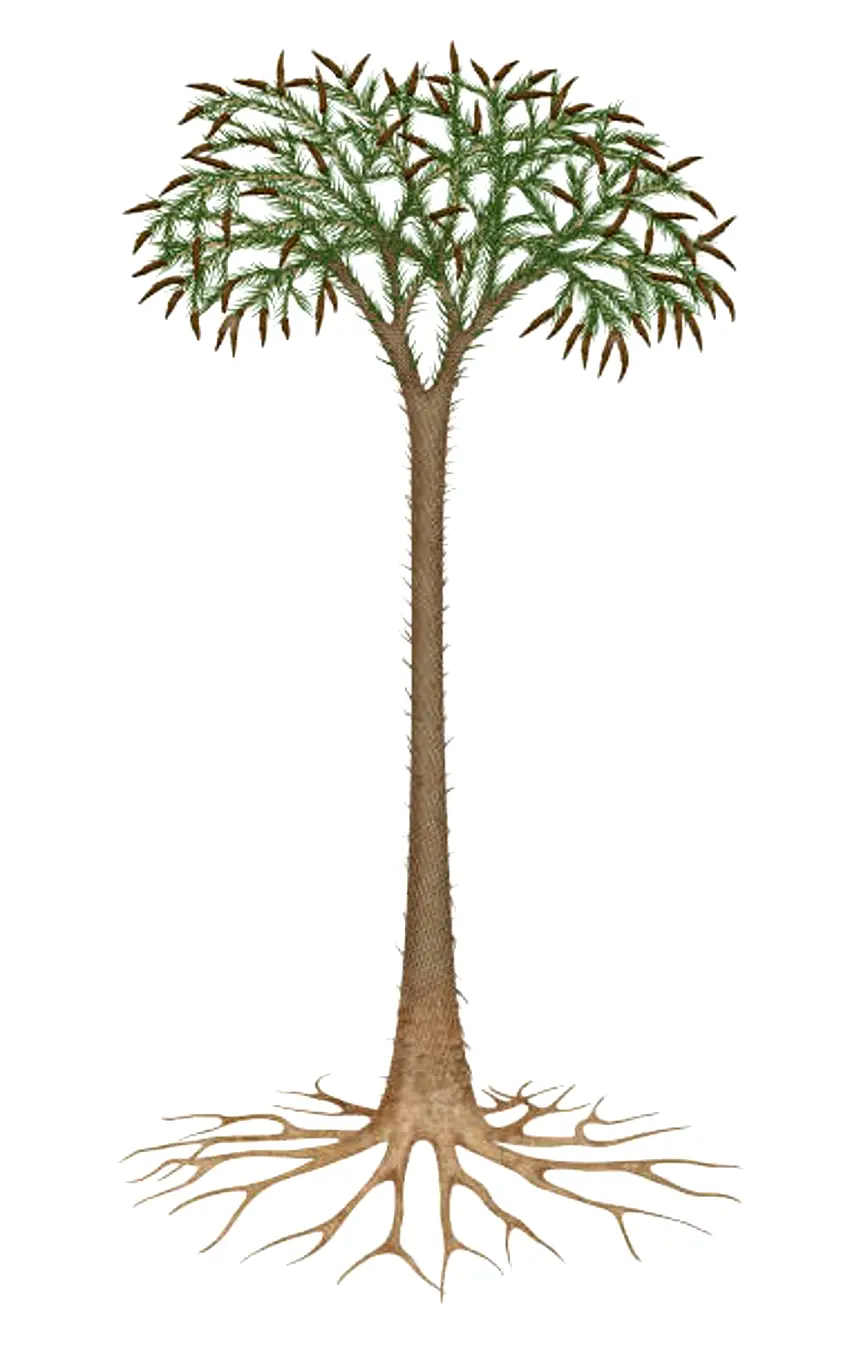
LEPIDODENDRON
CLASSIFICATION OF LEPIDODENDRON Kingdom :- Plantae Division :- Pteridophyta Sub-division :- Lycopsida Class :- Lycopodiopsida Order :- Lepidodendrales Family :- Lepidodendraceae Genus :- Lepidodendron STUDY OF THE EXTERNAL FEATURES OF THE PLANT OF LEPIDODENDRON Lepidodendron with over 100 species, is the largest known genus. It is found in the shales and sandstones of carboniferous coal bearing formations. The root system is included in the form…
-
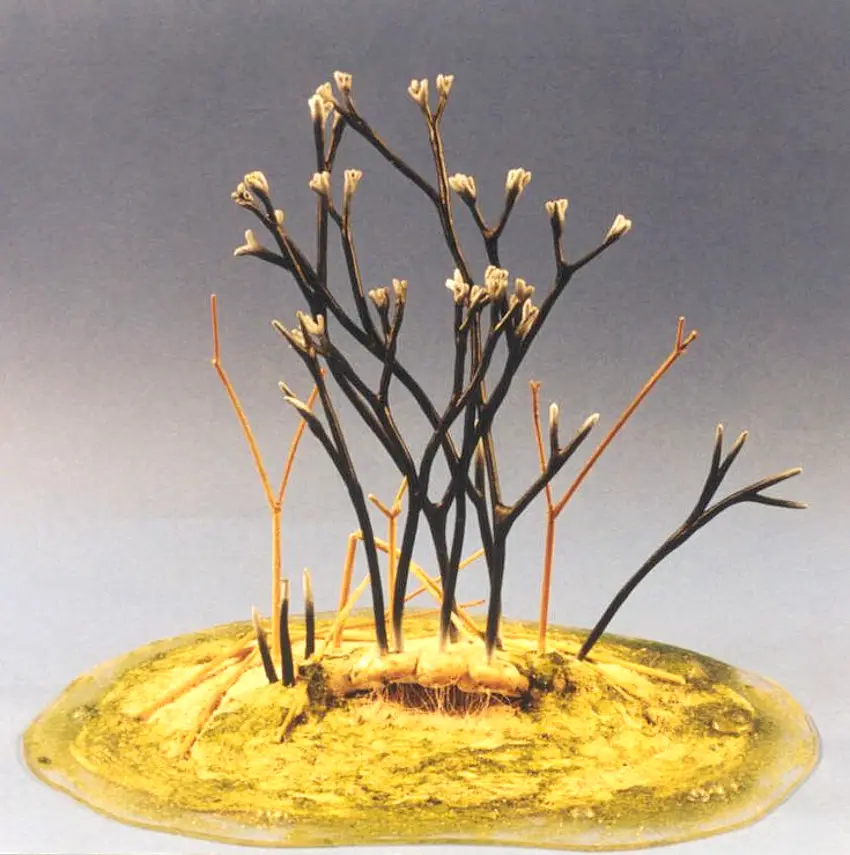
HORNEOPHYTON LIGNIERI
CLASSIFICATION OF HORNEOPHYTON LIGNIERI Kingdom :- Plantae Division :- Pteridophyta Sub-division :- Psilophytopsida Class :- Rhyniopsida Order :- Rhyniales Family :- Rhyniaceae Genus :- Horneophyton Study of the external features of the reconstructed plant Homeophyton with one species H. lignieri was found with Rhynia in the Rhynichert bed of Aberdeenshire, Scotland. It was previously named as Homeo. The rhizome was a lobed parenchymatous body bearing non-septate…
-
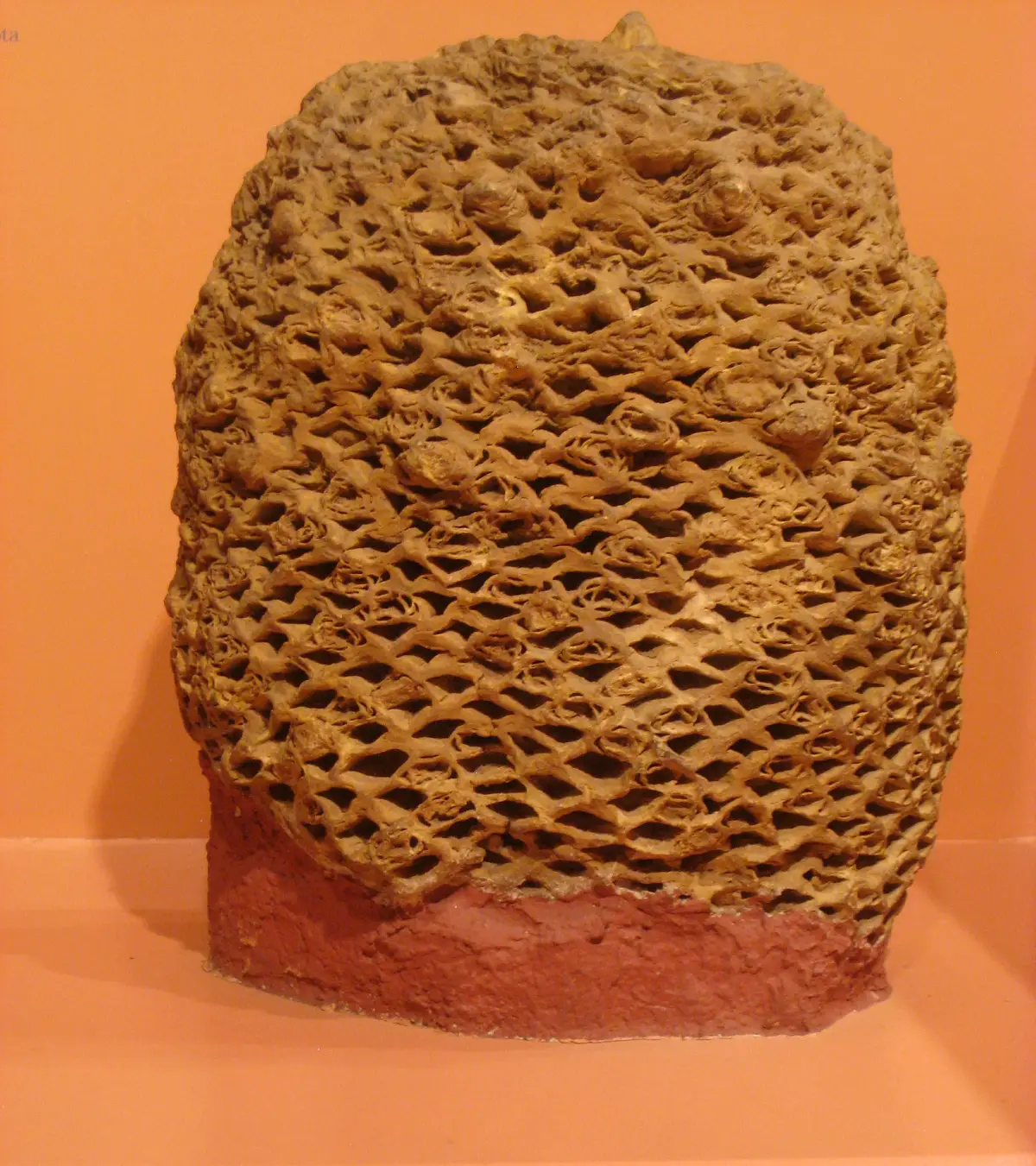
CYCADEOIDEA
CLASSIFICATION OF CYCADEOIDEA Kingdom :- Plantae Division :- Gymnospermae Class :- Cycadopsida Order :- Bennettitales Family :- Cycadeoidaceae Genus :- Cycadeoidea STUDY OF EXTERNAL MORPHOLOGY OF THE STEM Cycadeiodea ( = Bennettitis) is a fossil that includes many species. Many petrifications have been found of which some are complete plants. This fossil has been found in Jurassic and cretaceous strata of Dakota, America. The stems…
-
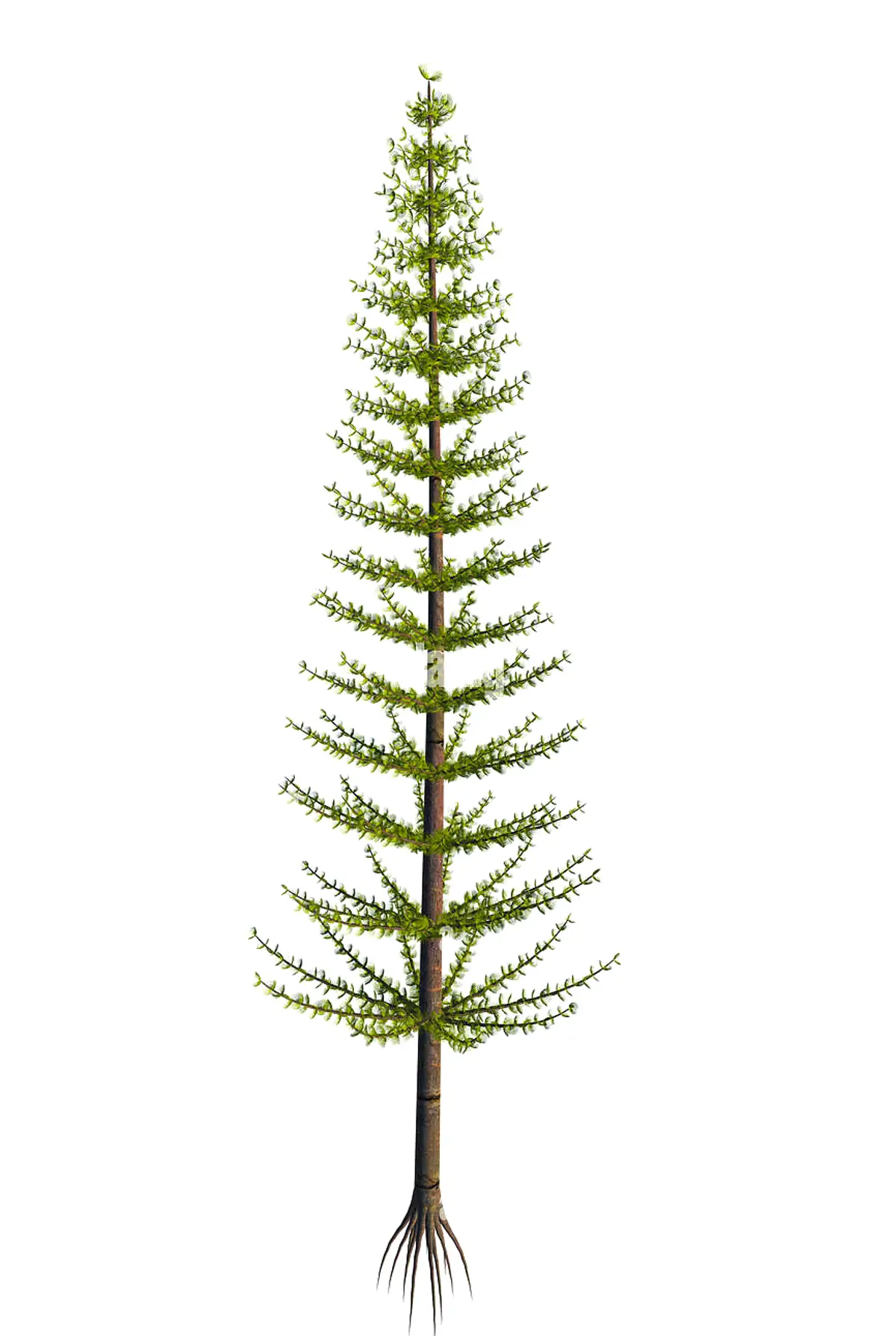
CALAMITES
CLASSIFICATION OF CALAMITES Kingdom :- Plantae Division :- Pteridophyta Sub-division :- Sphenopsida Class :- Polypodiopsida Order :- Calamitales Family :- Calamitaceae Genus :- Calamites STUDY THE RECONSTRUCTED PLANT Genus Calamites appeared in Upper Devonian, and was most abundant during Carboniferous and became extinct early in the Triassic. The plant was 20 to 30 meters tall tree. The tree was arborescent with horizontal rhizome, aerial shoots…
